Domestic status
As a new industry, smart home is at a critical point in the introduction period and growth period. The concept of market consumption has not yet formed, but with the further implementation of the popularization of smart home market, the use habits of consumers are cultivated, and the consumption of smart home market The potential is bound to be huge and the industry has a bright future. Because of this, domestic excellent smart home manufacturers are paying more and more attention to the research of the industry market, especially the in-depth study of the development environment of the enterprise and the trend of customer demand. A large number of domestic smart home brands have rapidly emerged and become intelligent. The leader in the home industry! Smart home has been in China for nearly 12 years, and it has gone through a difficult process from people's original dreams to today's real life.
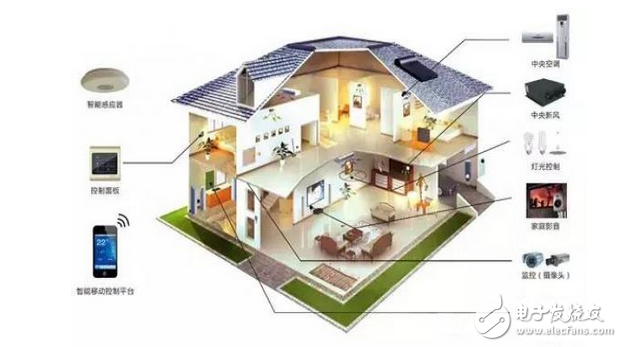
The development of smart home in China has four stages, namely, the germination period/smart community period, the start-up period, the flood season, and the fusion evolution period.
Budding period (1994-1999)
This is the first stage of development of smart home in China. The whole industry is still in a stage of familiar concept and product cognition. At this time, there is no professional smart home manufacturer. Only one or two companies in Shenzhen are engaged in the US X-10. The company that sells smart home agents is engaged in the import retail business, and the products are sold to European and American users living in China.
Creation period (2000-2005)
More than 50 smart home R&D and production companies have been established in China, mainly in Shenzhen, Shanghai, Tianjin, Beijing, Hangzhou and Xiamen. The marketing and technical training system of smart homes has gradually improved. At this stage, foreign smart home products have basically not entered the domestic market.
Long period (2006-2010)
After 2005, due to the brutal growth and vicious competition of the smart home enterprises in the previous stage, it has brought a great negative impact to the smart home industry: including excessively exaggerating the functions of smart homes, but actually can not achieve this effect, manufacturers only care about development Agents have neglected the training and support of agents, which led to difficulties in the operation of agents and unstable products, resulting in high complaint rates. Industry users and the media began to question the actual effect of smart homes. The original advocacy became cautious, and the market sales also slowed down in a few years and even some areas experienced a decline in sales. From 2005 to 2007, about 20 smart home manufacturing companies withdrew from this market, and there were also a few of them who switched from business to business. Many of the smart home businesses that have persisted have experienced the pain of scale reduction in recent years. During this period, foreign smart home brands have secretly entered the Chinese market, and the major foreign smart home brands active in the market have entered the Chinese market during this period, such as Legrand, Honeywell, Schneider, Control4, etc. Some of the domestic companies that survived gradually found their own development direction, such as Tianjin Ruilang, Qingdao Elhaus, Haier, etc., with X10, Shenzhen Sokot made remote control of air conditioning, becoming a manufacturer of industrial intelligence control.
Fusion evolution period (2011-2020)
Since entering 2011, the market has clearly seen the momentum of growth, and the big industry background is that real estate is regulated. The increase in the volume of smart homes indicates that the smart home industry has entered an inflection point and entered a new round of integration and evolution from the flood season.
In the next three to five years, smart homes entered a relatively rapid development stage. On the other hand, agreements and technical standards began to actively communicate and integrate, and the phenomenon of industry mergers and acquisitions began to emerge and even became mainstream.
The next five to ten years will be the rapid development of the smart home industry, but it is also the most unpredictable period. As residential homes become the focus of competition in various industries, smart homes as a platform to become the first target of all parties . Who can finally win, we can do all kinds of analysis, but the final result may only be known at the time. However, no matter how it develops, at this stage, a number of smart home enterprises with annual sales of over 10 billion yuan will be born.
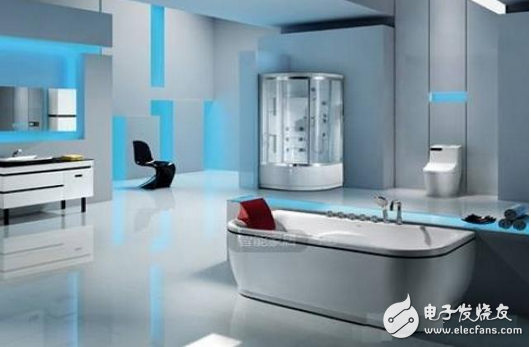
Since 2014, major manufacturers have begun to densely deploy smart homes. Although there are no particularly successful cases in the industry from the industry perspective, this indicates that the industry is still in the exploration stage, but more and more manufacturers are beginning to intervene. And participation has made the outside world aware that the future of smart homes is irreversible.
At present, smart homes have been on the eve of the outbreak after more than a year of industry. The industry believes that in 2015, as cooperative enterprises have generally entered the moment of achievement, new smart home products will emerge in an endless stream, and new cases will emerge in the industry.
Domestic related policies
As of 2013, information technology innovation has been accelerating globally, and new products, new services, and new formats have emerged in the information field, constantly inspiring new consumer demand and becoming an increasingly active consumer hotspot. China's market is huge, and it is in the stage of upgrading consumption and informationization, industrialization, urbanization, and agricultural modernization. The information consumption has a good development foundation and great development potential. In order to promote informationization and intelligent urban development, the Chinese government also issued a number of opinions on promoting information consumption to expand domestic demand on August 14, 2013, vigorously measuring the development of broadband, speeding up broadband, and accelerating the continuous growth of information consumption. The development of smart home and Internet of Things industry has laid a solid foundation.
Policy Summary: Enhance the supply of information products
Encourage the innovation and development of smart terminal products. Facing mobile Internet, cloud computing, big data and other hotspots, accelerate the implementation of intelligent terminal industrialization projects, support the development of terminal products such as smart phones and smart TVs, and promote the integrated development of terminals and services. Support the research and development and industrialization of digital home smart terminals, and vigorously promote digital home demonstration applications and digital home industry base construction. Encourage the whole machine enterprise to cooperate with chips, devices and software companies to develop various new types of information consumer electronic products. Support telecommunications, radio and television operating units and manufacturing companies to cooperate through customized, centralized procurement, etc., to promote the competitiveness of smart terminal products, and consolidate the industrial base of information consumption.
Foreign status
Since the world's first intelligent building appeared in the United States in 1984, countries with more developed economies such as the United States, Canada, Europe, Australia, and Southeast Asia have proposed various smart home solutions. Smart homes are widely used in the United States, Germany, Singapore, Japan and other countries.
At the "98 Asian International Exhibition of Home Appliances and Consumer Electronics" held in Singapore in May 1998, the Singapore-based home intelligence system was launched by simulating the "Home of the Future" on the premises. Its system functions include three-table CC function, security alarm function, video intercom function, monitoring center function, home appliance control function, cable TV access, telephone access, household information message function, home intelligent control panel, intelligent wiring Box, broadband access and system configuration.
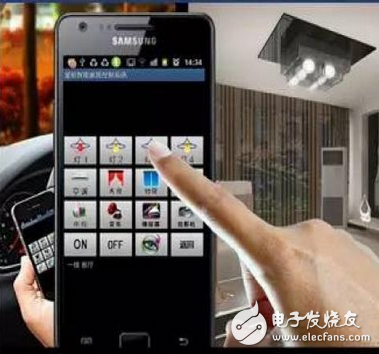
According to statistics from PARKS, a professional consulting firm in the US, in 1995, the average cost of installing home automation equipment in a US home was between $7,000 and $9,000. In 1995, the ratio of advanced home automation equipment used by American households was 0.33%. It seems that it will take some time for the market to start. The average annual growth rate of home automation market is expected to be 8% in the past five years. PARKS's data also shows that by 2004, the home network market will total $5.7 billion. According to international experts, the sales of international smart home products will reach 2.4 billion US dollars by the end of 2000. In 2004, it reached $14.8 billion.
Development Opportunities
Smart home is an inevitable trend in the future development of the home furnishing industry. Although the market promotion has just begun, the competition in the industry has been fierce. There are no fewer than five companies in Ningbo that specialize in this aspect of development.
Manufacturing companies need to apply big data in industrial restructuring and transformation. In the future, data will become the fourth productivity to advance social progress. The market potential is huge. At the same time, the big data analysis relied on by smart homes is also an important way for the transformation and upgrading of traditional manufacturing enterprises.
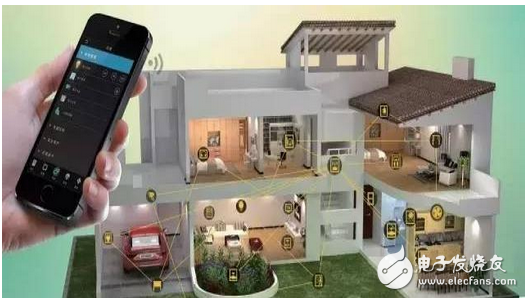
General
Bill Gates is the first foreign family to use smart homes. It has been around for 30 years now, and the smart home control system has gradually entered everyone's field of vision. In the past two years, with the popularity of wifi, wireless smart homes have gradually replaced cable products. In the wireless field, China is not lagging behind in foreign countries. It also uses the latest zigbee smart home, but at present, although domestic smart homes have potential, they are slow to develop and people consume. The ability to view and consume is not sufficient.
According to the analysis of China's smart home equipment industry development environment and market demand forecast analysis report, the current smart home products and technology in China are blooming, and the market has begun to show the watershed of low, medium and high product grades. The industry has entered a rapid growth period. Faced with China's huge demand market, the industry is expected to grow at an average annual rate of 19.8%, with an output value of 124 billion yuan in 2015.
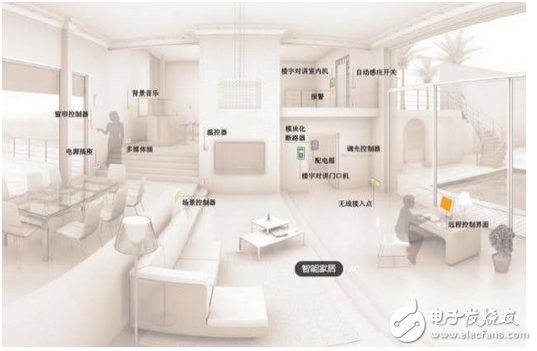
development of
The initial development of smart home is mainly based on lighting remote control, electrical remote control and electric curtain control. With the development of the industry, the functions of intelligent control are more and more, the objects of control are expanding, and the requirements of controlled linkage are higher. It continues to extend to home security alarms, background music, video intercom, access control fingerprint control, etc. It can be said that smart home can cover almost all traditional weak electricity industries, and the market development prospects are attractive, so the various brands related to its industry Invariably compete for the smart home business, and the market is gradually becoming the hegemony of the Spring and Autumn Period.
Our E27 connector T-Bulb Light is made of pure PC material . T-bulbs use non-isolated driver and the voltage is 170-300V. The T-shaped shell and turnable axis are the unique features of T-bulbs. It has 10 watt power and its CRI is more 80, luminous efficiency is 80LM/W. The color temperatures include cool white, warm white and natural white. This type of bulbs light is in elegant shape, easy installation and good quality. These T-bulb lamps have a two-year warranty, mainly used in office, bedroom, supermarket and so on.
T-Bulb Shaped Light,E27 Connector Led Lamp,Daylight Bulbs Light ,T Series Light Bulbs
Jiangmen Lika Lighting Electrical Appliances Co., Ltd , https://www.lika-led.com